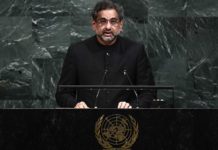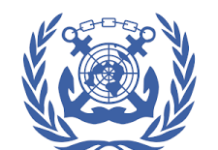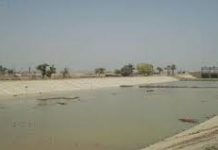By Muhammad Luqman
State Bank of Pakistan has released its Annual Report on the State of Pakistan’s Economy for the fiscal year 2016-17. According to the Report, Pakistan’s economy continued to expand with real GDP growing by 5.3 percent in FY17, the highest growth achieved during the last 10 years. A sharp recovery in agriculture sector, healthy value addition in the services sector, and continued improvement in manufacturing sector contributed to this broad based growth. From the demand side, the growth was led by a surge in consumption followed by a moderate increase in investment.
The Report explains that the major impetus to economic activity came from an accommodative monetary policy and consequent increase in private sector credit especially for fixed investment; tax incentives for agriculture, exporting industries and investment; a steady increase in development spending; and, continuing work on infrastructure and energy projects under CPEC. These factors led to increase in domestic demand.
With the increase in domestic demand, imports also picked up pace. This, together with decline in exports and remittances, resulted in current account deficit increasing to US$ 12.1 billion in FY17 compared to US$ 4.6 billion in FY16. The Report noted that higher official and private inflows helped to partially finance the current account deficit.
While the Report recognizes that tax incentives and steady increase in development spending helped economic activity, these led the fiscal deficit increasing to 5.8 percent of GDP in FY17 compared to 4.6 percent in FY16. Meanwhile, though inflation trended upward, it continued to be well anchored and remained lower than the target for the third consecutive year in FY17. The average CPI inflation rose to 4.2 percent during FY17 after falling to 2.9 percent in FY16.
The Report also highlights the main challenges that need to be addressed to sustain the current pace of expansion in the economy while keeping inflation low and stable going forward. It particularly emphasizes on containing unnecessary imports and expanding export base in order to keep current account deficit at manageable level. Moreover, to maintain the current pace of spending on infrastructure and social development projects, the growth in revenue collection needs to be accelerated. This can be achieved by deepening the reforms initiated at federal level and stepping up efforts by provinces to enhance their own tax collection. The Report also suggests further improvement in business conditions to strengthen recovery in investment and thus help switch away from current consumption led to investment-cum-export oriented growth.
The SBP report also highlights the issue of growing water stress in the country amid erratic supply and continuously increasing demand in the face of rising population, rapid urbanization and high wastage. It further points out that quality of both the surface and ground water has deteriorated due to pollution and excessive use of fertilizer and pesticides. It underscores the need for improvement in management of water resources through minimizing losses and encouraging conservation to ensure smooth future supplies for human consumption and its commercial use.















